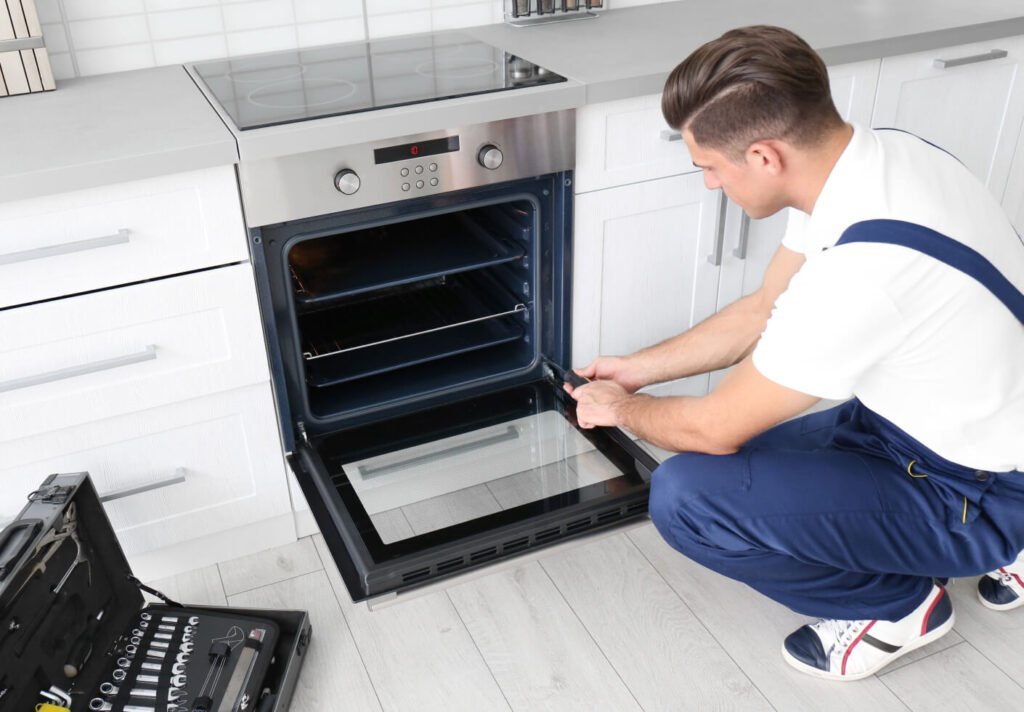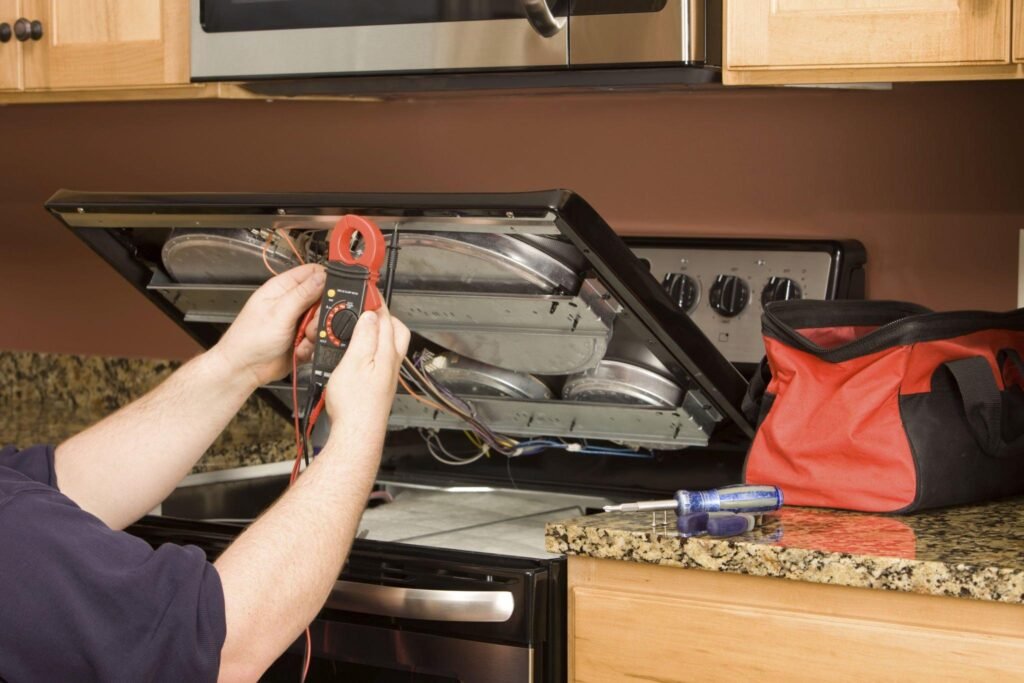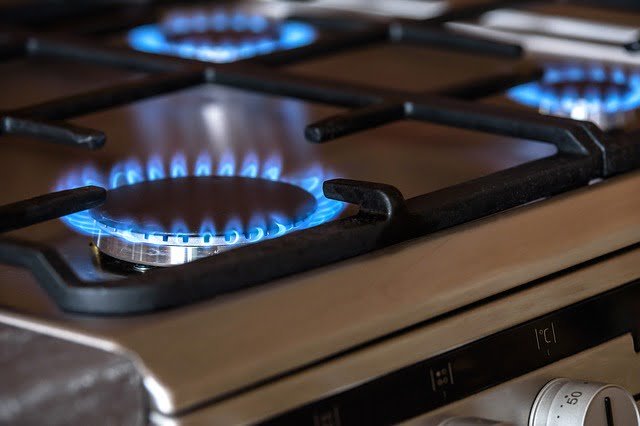Electric ovens and hobs have become indispensable appliances in modern kitchens, providing convenience and efficiency for cooking. However, like any other appliance, they are susceptible to malfunctions and issues over time. In a bustling city like London, where households heavily rely on these appliances, encountering problems can be a major inconvenience. In this comprehensive guide, Hot Cold Appliance Repairs will delve into the top seven common electric oven and hob problems faced by Londoners, along with expert tips on diagnosing and fixing them.

Common Electric Oven and Hob Problems Troubleshooting Guide:
Faulty Heating Elements
Faulty heating elements are a prevalent issue in electric ovens and hobs. When these elements malfunction, they can lead to uneven cooking, undercooked food, or complete failure to heat. Signs of a faulty heating element include visible damage, uneven heating, or an oven that takes longer than usual to reach the desired temperature. To troubleshoot, inspect the heating elements for any signs of damage or wear. If damaged, replacement is necessary to restore proper functionality and ensure even cooking temperatures. Regular maintenance and timely repairs can prevent such issues in the future.
Temperature Inaccuracy Problems
One prevalent issue with electric ovens and hobs is temperature inaccuracy. This can lead to unevenly cooked food or dishes not turning out as expected. Causes may include faulty thermostat calibration, sensor malfunctions, or heat distribution issues. To troubleshoot, use an oven thermometer to verify the actual temperature against the set temperature. If there’s a significant variance, recalibrate the thermostat or consult a professional for repair. Regular maintenance and periodic calibration can help prevent this problem in the future, ensuring consistent cooking results.
Ignition Problems (Gas Hobs)
Ignition issues with gas hobs can be frustrating but are often manageable. If your gas hob isn’t igniting, start by checking for any obstructions complete the burner holes or on the igniter itself. Ensure the hob is clean and dry, as moisture can impede ignition. Additionally, verify that the gas supply is connected and turned on. If these steps don’t solve the problem, the igniter may need replacement, or there could be an issue with the gas valve. Consider contacting a professional for further assistance.
Uneven Cooking Issues
Uneven cooking can be a frustrating issue in electric ovens and hobs, often resulting from various factors. One common culprit is improper heat distribution within the appliance. This can occur due to blocked vents, damaged heating elements, or incorrect placement of cookware. To troubleshoot, ensure vents are clear, inspect heating elements for signs of damage, and always use cookware appropriate for your appliance. Additionally, consider rotating dishes halfway through cooking to promote even heat exposure. Addressing these issues can help achieve consistent and delicious results in your kitchen endeavors.

Sticky Controls or Knobs Repairs
Sticky controls or knobs on your electric oven or hob can be a frustrating issue, hindering precise temperature or setting adjustments. This problem often arises due to food spills or grease buildup around the controls. To address this, start by gently cleaning the knobs and control panel with a mild soapy solution. If the stickiness persists, try using a small amount of lubricant specifically designed for appliances. Ensure the knobs are completely dry before using the oven knobs or hob again to prevent electrical hazards.
Tripping Circuit Breaker Repairs
When your electric oven or hob repeatedly trips the circuit breaker, it’s a sign of electrical overload or a short circuit. Start by unplugging the appliance and resetting the breaker. Check for frayed wires, damaged cords, or any signs of overheating. Ensure that the appliance is not connected to an overloaded circuit. If the problem persists, it might indicate a faulty component within the appliance, and it’s best to seek professional appliance repairs services to diagnose and resolve the issue safely.
Strange Noises:
Strange noises from your electric oven or hob could be indicative of various issues. Rattling may signal loose components or worn-out fan motors, while squealing might indicate worn-out bearings or friction between moving parts. Clicking noises, particularly in gas ovens or hobs, could suggest problems with the igniter or gas flow. Promptly addressing these sounds through tightening screws, lubrication, or professional inspection can prevent further damage and ensure the longevity of your appliance.

Conclusion:
Electric ovens and hobs play a vital role in the daily lives of London residents, but encountering problems with these appliances is not uncommon. By understanding the common issues and following the diagnostic and Electric Ovens and Hobs repair tips provided in this guide, you can troubleshoot and resolve many problems on your own. However, for complex issues or if you’re unsure about making repairs, it’s always advisable to seek professional assistance to ensure the safety and optimal performance of your appliances. With proactive maintenance and timely repairs, you can keep your electric oven and hob running smoothly, allowing you to enjoy hassle-free cooking experiences in your London kitchen.

